Zero Waste Packaging for Home Essentials: A Practical, Beautiful Revolution
Why Zero Waste Packaging at Home Matters Today
01
The footprint of everyday bottles and boxes
That shampoo bottle, dish soap jug, and pack of sponges seem small, yet multiply across months and millions of homes. Zero waste packaging cuts this steady trickle, replacing disposables with durable containers and refills that dramatically shrink your household footprint.
02
The hidden costs of single-use convenience
Single-use packaging looks cheap but hides costs in repeated purchases, overflowing bins, time spent hauling trash, and rising municipal fees. Transitioning to reusable containers shifts spending from constant disposal to long-lived quality, unlocking real savings over time.
03
A 30-day trash audit that changed everything
We weighed our bathroom and kitchen trash for one month, then switched to refills and reusable containers. Our landfill bag volume dropped by more than half, and the recycling bin became surprisingly quiet. Try your own audit and tell us what you discover.
Materials and Systems That Work for Zero Waste Packaging
Glass and stainless: durability with clear benefits
Glass jars keep scents clean, show fill levels, and wash beautifully. Stainless steel resists cracks and protects light-sensitive contents. Together, they build a timeless kit for soap, grains, cleaning concentrates, and more—reused hundreds of times without losing quality.
Compostables that truly compost
Look for uncoated paper, plant-based twines, and certified home-compostable films. Beware greenwashed plastics that need industrial conditions to break down. If your city lacks composting, focus on reusable first and compostable wrappers second to keep waste minimal and honest.
Refill and return loops at home
Set up a simple loop: decant products into permanent bottles, keep a back-stock container for refills, and rotate. One reader installed a shelf labeled Return, Refill, Reuse. It turned chaos into a calm routine and sparked family pride in keeping packaging out of the bin.
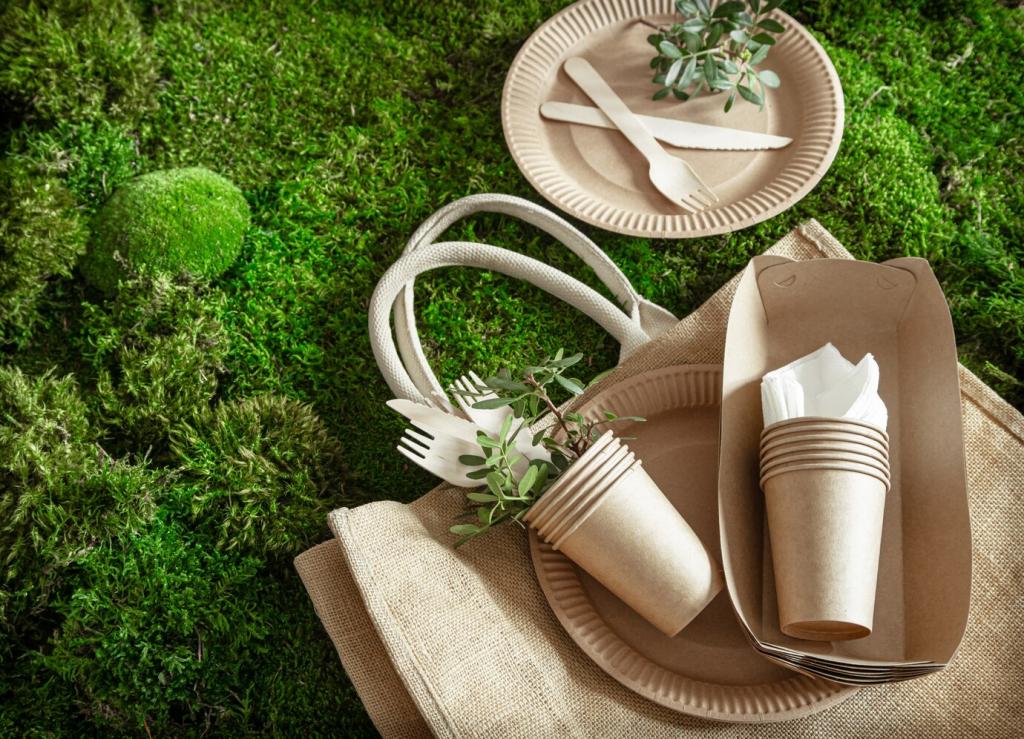
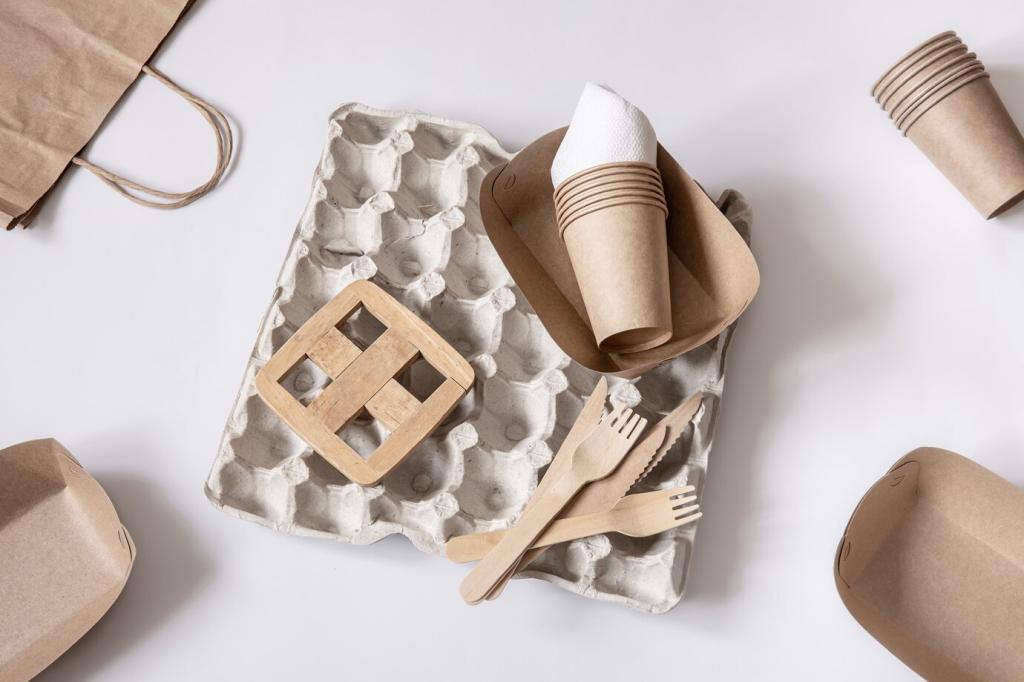
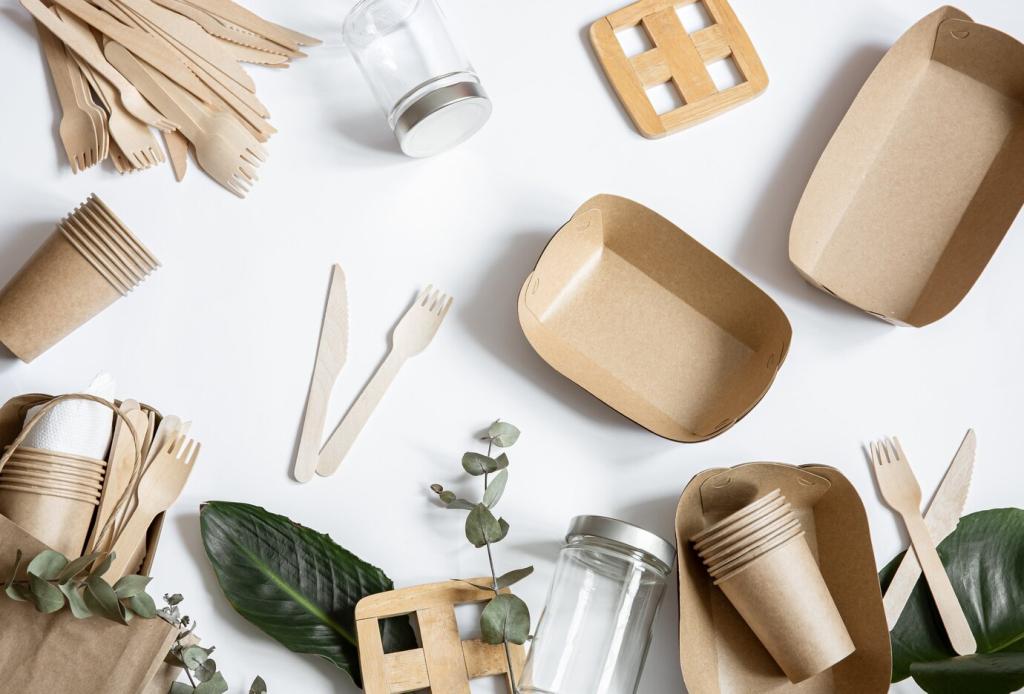
Bring lightweight cloth bags and pre-weighed containers with tare noted. Decant at home to glass jars. Buy only what you finish in a month to keep ingredients fresh. Tell your store you value tare-friendly scales—your feedback pushes better systems for everyone.
Shopping Smart: Bulk, Refill, and Low-Waste Online
Clean, dry containers are essential. Carry a small funnel and a microfiber cloth. Label with product name and date immediately. Ask staff about allergen protocols and pump cleaning schedules. Share your favorite refill shops so readers nearby can support them too.
Shopping Smart: Bulk, Refill, and Low-Waste Online
Design Principles for Zero Waste Packaging at Home
Modularity beats mismatched lids
Choose containers that share lid sizes to avoid the dreaded mystery lid drawer. Stackable jars and nested tins save space, simplify cleaning, and look calm on shelves. A consistent set reduces decision fatigue, making reuse a default habit rather than a chore.
Clarity, labeling, and date tracking
Transparent containers plus simple labels prevent wasteful guesswork. Add purchased or homemade dissolvable labels and track opened dates. You will use products faster, avoid stale surprises, and feel in control. Share your labeling system and we may feature it next week.
Repairable parts and spare components
A durable pump bottle only stays zero waste if the pump is replaceable. Favor brands selling spare triggers, gaskets, and lids. Keep a tiny repair kit for O-rings and vinegar descaling. Comment with repair-friendly brands to build our collective resource list.
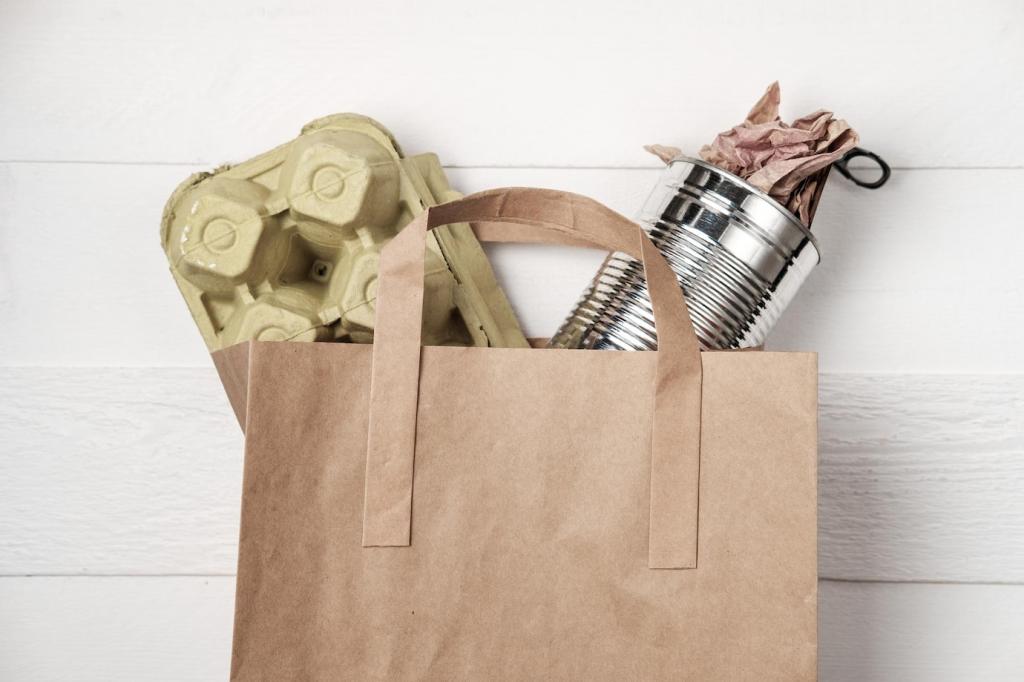
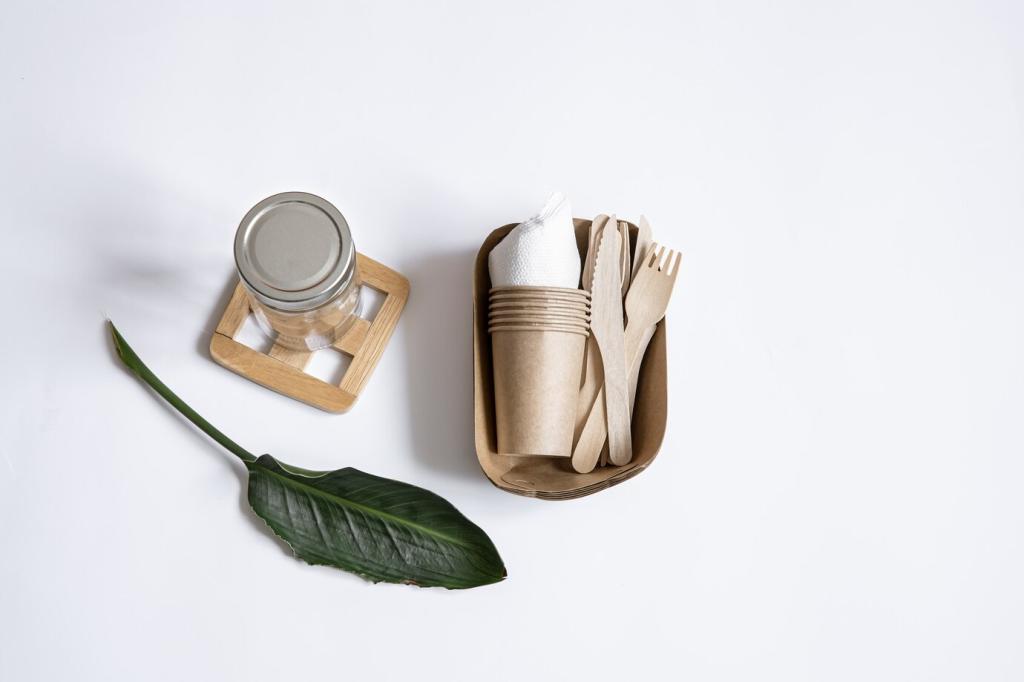
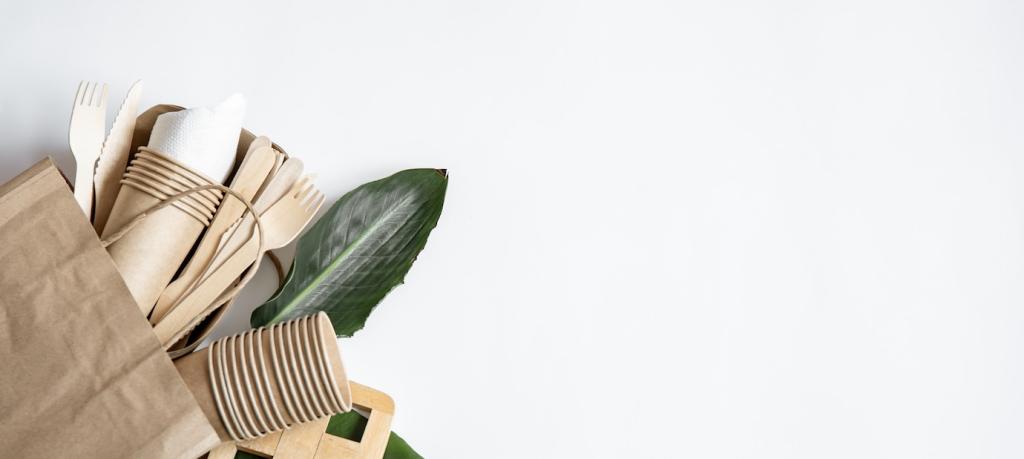
Community, Culture, and Habit Building
One reader set a jar on the counter for every wrapper avoided. Each week, the family counted and celebrated with a zero-waste picnic. Small rituals make the shift memorable and motivating—try your version and tell us what keeps everyone engaged.
Community, Culture, and Habit Building
Start a neighborhood shelf for jars, tins, and packing paper. Clear, posted rules keep it tidy: clean items only, no broken glass, rotate weekly. These micro-infrastructures build trust and reduce costs while turning reuse into a visible community value.
Myths, Costs, and Real-World Savings
A set of mason jars or stainless canisters may feel expensive until you tally years of reuses. Fewer duplicate purchases, less food spoilage, and reduced trash fees add up. Share your cost wins to help newcomers see the long game clearly.
